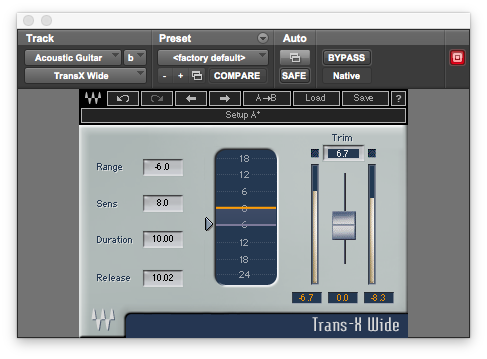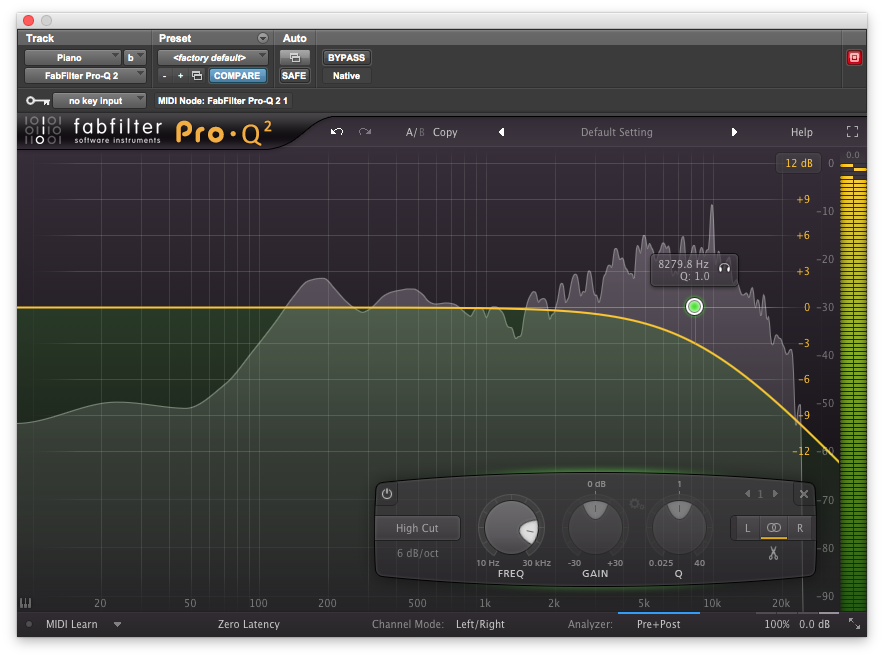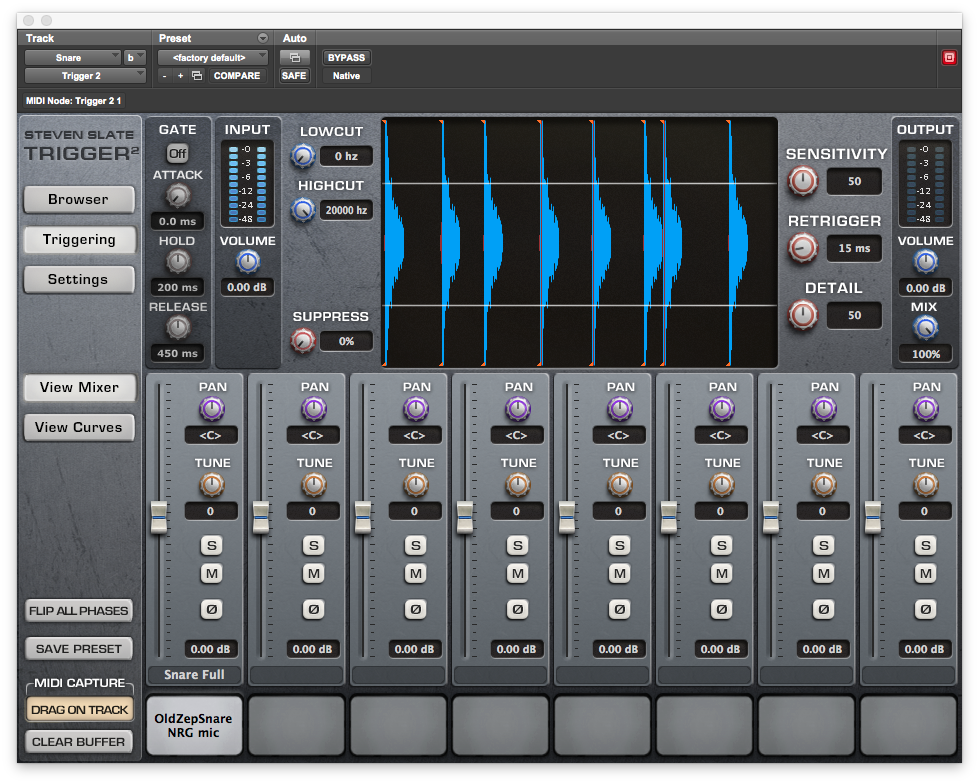5 Ways To Create Depth Without Reverb
Depth, or front-to-rear dimension, is a crucial part of every great mix. Crafted well, it can make the speakers seem to disappear, immersing listeners in a three-dimensional world with the artist.
While you may instinctively reach for reverb to create depth, it’s not always the best tool for the job. Reverb can take up a lot of space in your mix, leaving less sonic real estate for instruments and vocals. It’s also an effect that can translate unpredictably in mono and in headphones.
Luckily, there are other great ways to create depth without using reverb. These less-obvious techniques can be used alone, or in conjunction with reverb, to add depth and dimension to your mixes.
Tweak Those Transients
How It Works:
Sharp, percussive transients tend to make instruments sound closer. For example, a punchy snare drum will naturally sit in front of a smooth sustained synth pad.
How To Do It:
If a transient-heavy track is feeling too close for comfort, try using a compressor with a fast attack time or a transient designer to shave off some of its initial impact. Conversely, to move a track closer to the front of the soundstage, use a compressor with a slow attack time or a transient designer to enhance its transients.
Use Delay
How It Works:
Delay can add depth without taking up as much space in a mix as a reverb. This makes it a great choice for tracks with busy arrangements, where sonic real estate is at a premium. In addition, longer, tempo-locked delays add a rhythmic pulse that can enhance a track’s groove.
How To Do It:
To set a track back from the front plane of the speakers, add a medium delay (60-120ms) with little to no feedback. Like reverb, delay tends to work best when you can barely hear it (unless you’re going for an Elvis-inspired slapback effect). This technique pairs well with electric guitars and rap vocals.
Longer eight-note or quarter-note delays with substantial feedback can add a rhythmic pulse to vocals or synths. This technique is often used in conjunction with reverb.
EQ For Distance
How It Works:
In the real world, high frequencies are absorbed through the air as sound travels. This means that further away a sound source is, the duller it will be.
How To Do It:
To add a sense of distance to a track, use an equalizer to roll off some of its top end. Conversely, adding top end can make a track feel closer. (This is one reason mix engineers often add top end to vocals).
Compress Carefully
How It Works:
Compression brings out the low-level details in a sound. While this can make a track larger and more ambient, it also alters the natural envelope of the sound’s decay. This can destroy subtle cues that our brain uses to determine size and space, effectively flattening the front-to-back depth in a recording.
How To Do It:
There are many cases where compression is warranted. However, for tracks that feature lots of natural ambience (like room mics), the most convincing and realistic depth can often be achieved with little to no compression.
Add Samples
How It Works:
Samples can create a clean sense of depth for drum parts that have little to no dynamics. They can also solve numerous problems: For instance, when mixing drums with a lot of bleed, adding a roomy sample to the snare can create depth without blurring the rhythm of the hi-hat.
How To Do It:
Choose samples with lots of natural room sound and little to no direct sound. (The room samples in Steven Slate’s Trigger are an excellent choice). You can also try cutting the tail off of a roomy one-shot sample.
Conclusion
As a challenge, try crafting your next mix without reverb. You may be surprised with how much depth you can create using the techniques listed above!
How are you creating depth in your mixes? Let us know by leaving a comment below.
Jason Moss is an LA-based mixer and educator. Learn how to craft a clear, balanced low end by downloading these free excerpts from his premium training course, Mixing Low End.
Please note: When you buy products through links on this page, we may earn an affiliate commission.










Paschalis I.
April 30, 2015 at 10:41 am (10 years ago)Hey nice article! I usually use delays set to the tempo of the song, but sometimes just a shorter delay (such as 1/16) can really give some thickness to the sound without eating up the stereo field. This is perfect with MONO delays panned at the same area as the source is coming from. I’ve also written an article about reverb and depth, hope you like it! http://musicproductiontips.net/what-is-reverb-tutorial/
Pim
May 19, 2015 at 2:15 am (10 years ago)Thanks! 🙂
Gary
January 6, 2016 at 2:57 pm (9 years ago)Thanks ! Just mixed a song with multiple layered reverbs and still found the focal with too much presence on some passages. Tried tweaking the compressor settings like you said and it worked really well !! More CPU now for the other stuff now that I turned off some of the reverb !!
Georg Stuby
July 6, 2016 at 7:43 am (9 years ago)Nice Post!
For me this “rule” has been very helpful : “Reverb for thickness and colour – Delay for depth and with” 🙂